I was really starting to enjoy these days out on my own with my camera so decided to venture back into Sussex a week after the previous trip, armed with another list of churches. I’m always tempted to include a stop at Charleston House or Monks House given my passion for anything Bloomsbury Group and this time the temptation was too strong when I found myself within a few miles of Monks House.
Here is the list I compiled for my day out:
St James the Great, Ewhurst Green
St Thomas a Becket, Brightling (near Bodiam)
Church of the Good Shepherd, Lullington
St Giles church is in the historic village of Bodiam above the castle, surrounded by woodland and beautiful countryside. Bodiam Castle was swarming with people arriving and leaving (my worst nightmare!) and no-one seems to know that there is this little gem of a church buried amongst the trees on the hill above the castle. As always I had the place to myself but sadly the church was locked. The church is largely from C14 but the base of the tower dates from C12. Heavy restoration in C19 makes earlier dates hard to establish. Most of the fabric is C14, but C12 and C13 work may be incorporated.
The chancel has three south lancets with sills rising from a lowside to the west and a single north one is blocked by a C19 vestry. A C13 date is thus likely, though the elliptical head of the blocked south doorway and large blocks of local stone in the south wall recall work in the C14 castle, which also has plain lancets, though these probably demonstrate the greater conservatism of military builders.
I would love to return one day to see inside the church. Often these churches are advertised as open but when you arrive they are locked. So frustrating!
Five minutes drive away was the next church, St James the Great in the village of Ewhurst Green. Once again, the church was locked!! The oldest parts of the church are C12, with some major additions in C14. The most striking feature of the church is the oddly shaped shingled spire, with a steeply raked lower section that is oddly truncated by a more abruptly angled upper section.
Within the church (despite not being able to enter) the nave arches are of Norman construction. The most intriguing medieval feature of the church is a carved corbel at the west end of the north arcade, by the tower arch. This is a very odd carving of a grinning face with a very satisfied smile, flanked by folded arms. There is also a Tudor funerary brass, of a local landowner named William Crysford, who died in 1520.
21 minutes later I had arrived at the next church, St Thomas a Becket in Brightling. I was very keen to see this church because there is the bizarre mausoleum of eccentric Mad Jack Fuller, in the shape of a pyramid, standing incongruously in the churchyard.
The church stands on a shelf of high ground beside the manor house, Brightling Park. The church is composed of a west tower, nave, north aisle, chancel and north chapel. The oldest sections of the building date from C13 (chancel, nave, and chapel) but the upper sections of the embattled tower are C14. Brightling is exceptional in the inland parts of Sussex in having a church that is mentioned in Domesday Book.
Mad Jack Fuller was a local notable eccentric noble who was responsible for building a series of peculiar follies around the village (I didn’t manage to find any of the others so that will be for another visit). His mausoleum in the shape of an Egyptian pyramid was modelled after the Tomb of Cestius in Rome. It stands 25 feet (7.62m) high and he had it built in 1811, 23 years before his death. It was rumoured that he was buried in the pyramid in a sitting position, his corpse holding a glass of claret, but this tale is no longer thought to be true!!
The church was originally dedicated to St Nicholas but was rededicated to St Thomas a Becket shortly after Becket's murder in 1170. On the south wall of the nave is a list of rectors of Brightling dating all the way back to 1070.
In the north aisle there are surviving sections of wall paintings, a mixture of Biblical text and religious symbols. These span the period from the late C14 to C18. There are also several interesting memorial brasse including that of Thomas Pye (d. 1592), with a suitably pious kneeling figure of the deceased surrounded by inscriptions in both Latin and English verse.
The hunger pangs by now were setting in but I was determined to find the next church before stopping for lunch. I had pinpointed the Plough and Harrow pub in Littlington for lunch and it was only a two minute drive beyond the next church. It was a 43 minute journey from Brightling to the next church, The Church of the Good Shepherd in Lullington, up and over the High Weald with spectacular views and down through the town of Battle.
The Church of the Good Shepherd, Lullington, stands on the side of the South Downs and is one of the five churches based in and around the beautiful Cuckmere Valley. All five churches are ancient, being Medieval or Saxon in foundation. Each one has a unique and interesting history. If I had researched better, I would have done a day trip just to see these five Cuckmere churches. Anyway, it’s an excuse to go back to see the rest of them!
The Church of the Good Shepherd is almost hidden amongst a clump of trees up a narrow path from the road. I couldn’t for the life of me find the church as it doesn’t seem to be signposted. I drove up and down the hill with the sat nav being less than helpful, asked a farmer who said he knew the church but for some reason didn’t know how to get there (!) and eventually I asked a couple who had been there and gave me excellent instructions. Back up the same road and I found a sort of layby where there were a couple of houses. I parked and walked up a long narrow path with the high fence of a house on one side and an allotment on the other. Then I saw the sign for the church and climbed the last few hundreds yards. The church has the most spectacular views over the Sussex countryside. In the images below you can see the village of Alfriston nestled in the valley.
This stunningly pretty little church is the smallest church in Sussex and one of the smallest churches in the country. It is 16 feet square and has seating for only about 20. There is no electricity and evening services are conducted by candlelight. It even has its own little organ, of sorts! The building is the remains of the chancel of a larger church, which is believed to have been razed by fire in the times of Cromwell. The church dates from C13 and is Early English in style. A list of vicars extends back to 1356. The location of the unique church, its history and the atmosphere created by its beautiful location on top of a little hill with stunning views of the Sussex countryside, in one direction across to Alfriston and beyond made it worth the half hour it took me to find it!
I drove the two minutes to the neighbouring of village of Lullington and enjoyed a much-needed lunch in the Plough & Harrow pub. The food and service are both excellent so it’s definitely worth a pitstop.
Next stop, 16 minutes away just past Seaford, was to visit St Andrew’s Bishopstone for a second time, with the hope that it would be open. It’s supposed to be the oldest church in Sussex dating back to C8 and C9.. Click here for my previous day out which included this church. Sadly it was locked and I have since discovered it’s only open on Wednesdays and Saturdays.
It was a 15 minute drive to the last church, St Peter’s in the village of Rodmell. It is next to Monks House, home of Virginia and Leonard Woolf and one of my favourite houses to visit given my obsession for the Bloomsbury Group. The church spire is visible from every part of the beautiful gardens of Monks House. I shall be writing a separate blog post for Monks House so watch this space.
The church has wonderful views from the churchyard across the Ouse valley. A church is mentioned in Domesday Book but the only possible survivals from this period are the groundplan of the nave and perhaps part of its north wall. The overall dimensions of the church are unchanged since C12.
I always visit Monks House at the end of the day when most visitors are leaving so after visiting the church next door I arrived at 4.15pm just before they close the house at 4.45pm and then I have 45 minutes in the gardens moreorless to myself. I love sitting in one of the old deck chairs on the lawn looking over the Sussex Downs and I always leave reluctantly when they close at 5.30pm. Then it was the 90 minute schlep back to London which is always such an anticlimax.

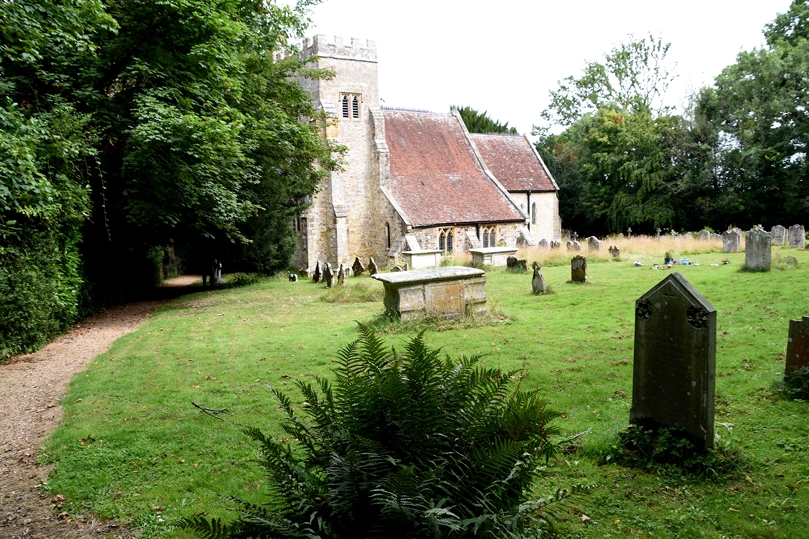
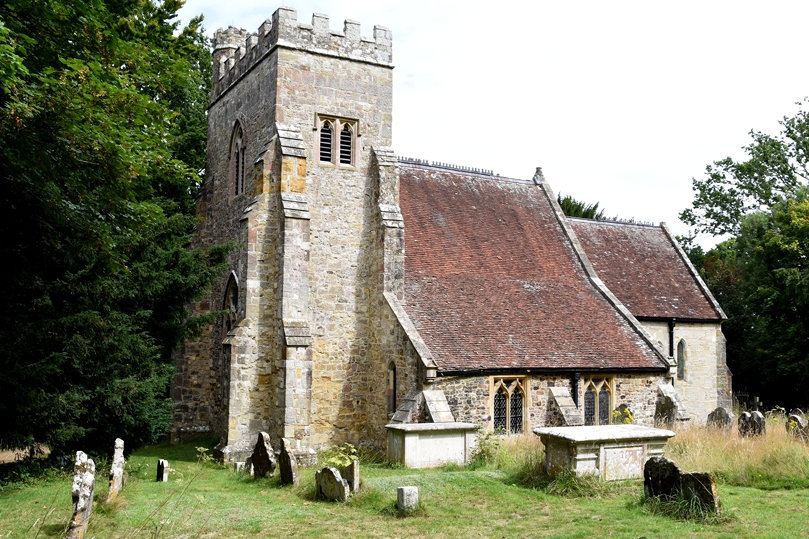
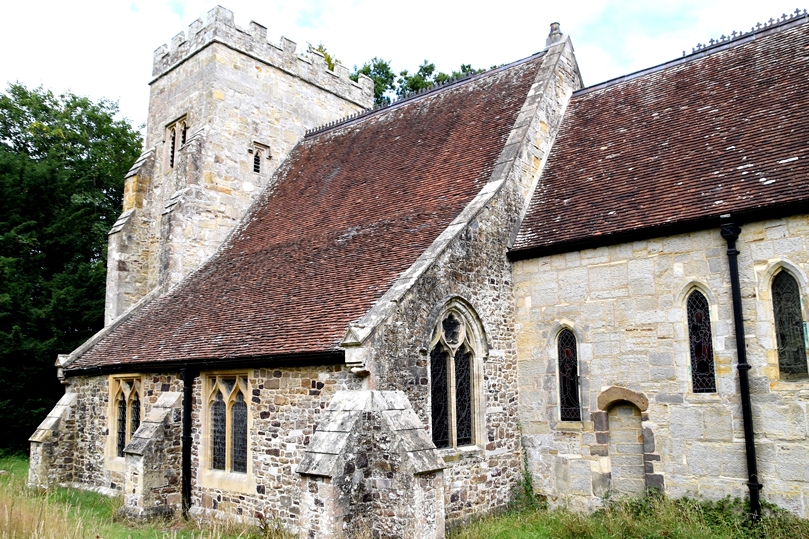
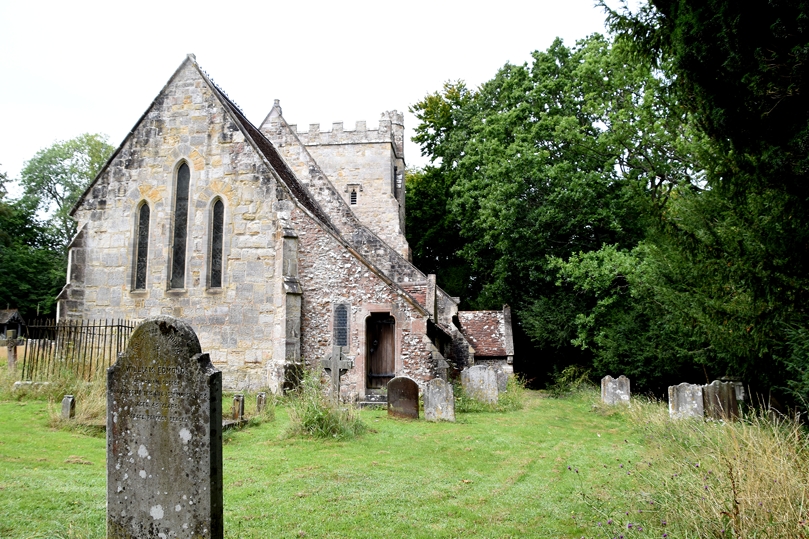
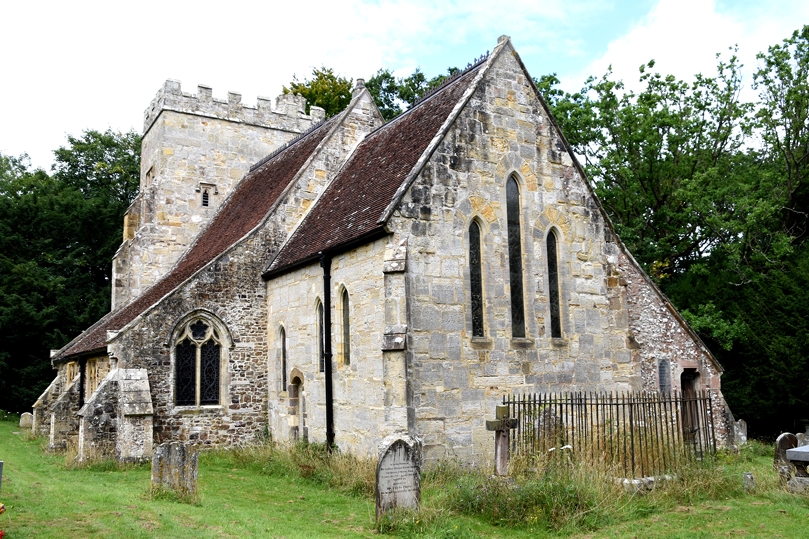
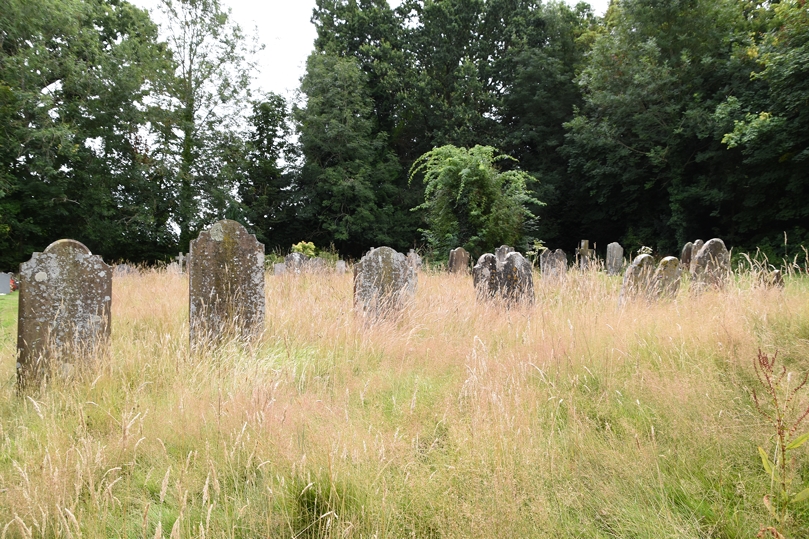
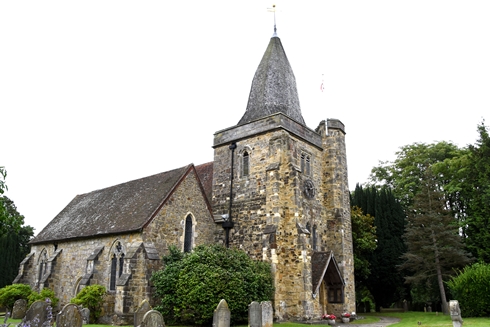
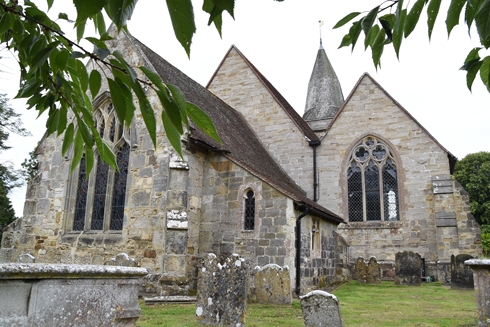
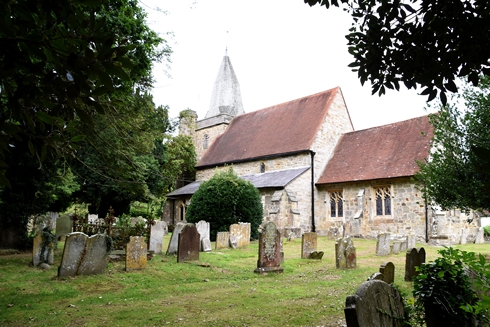
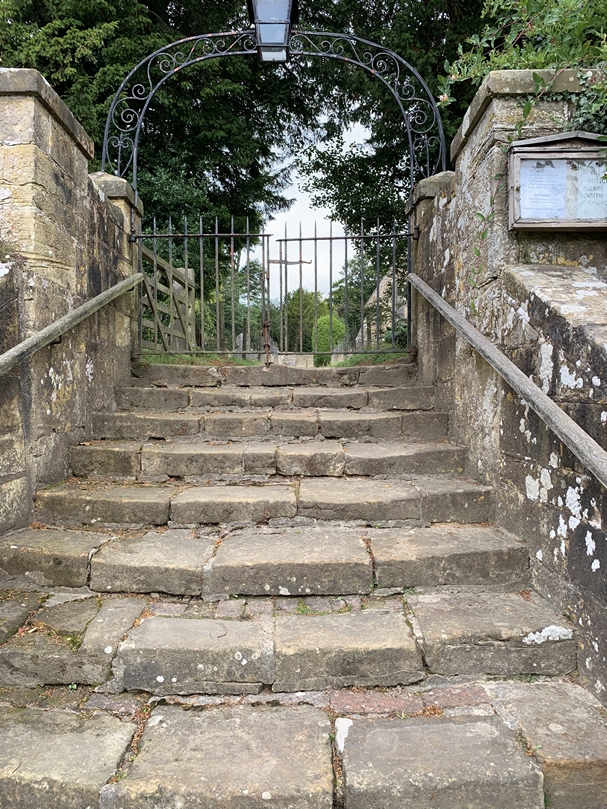
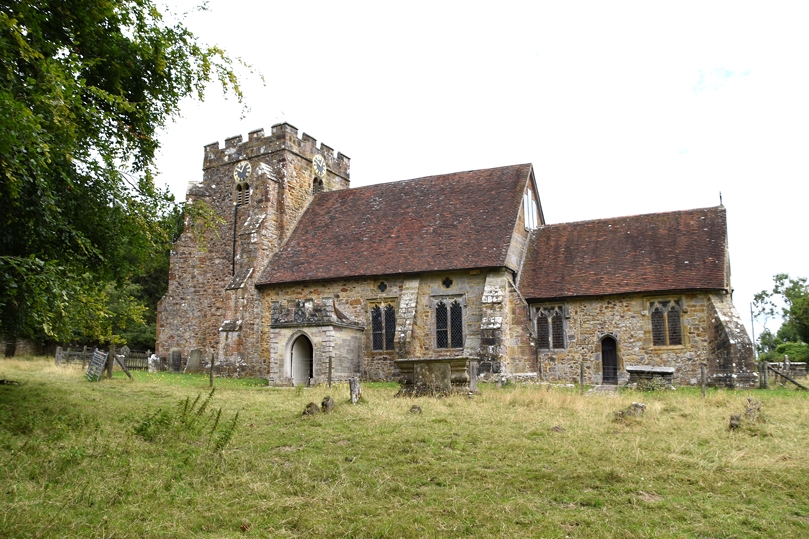
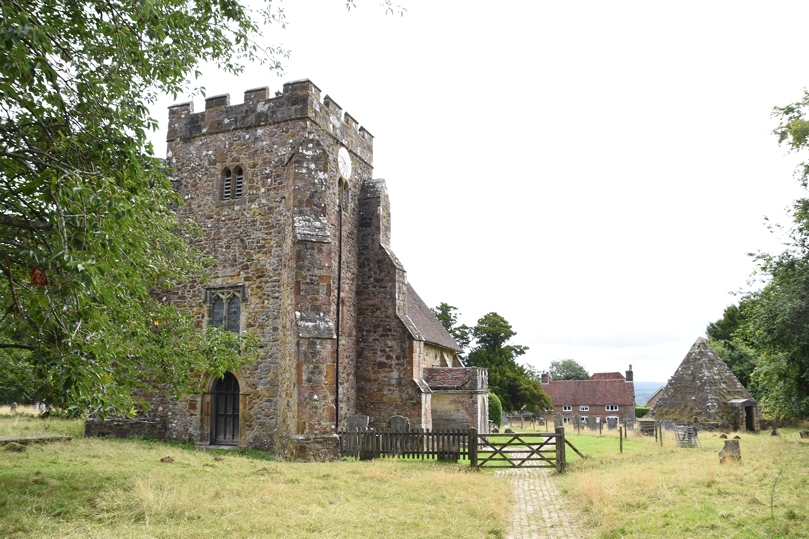
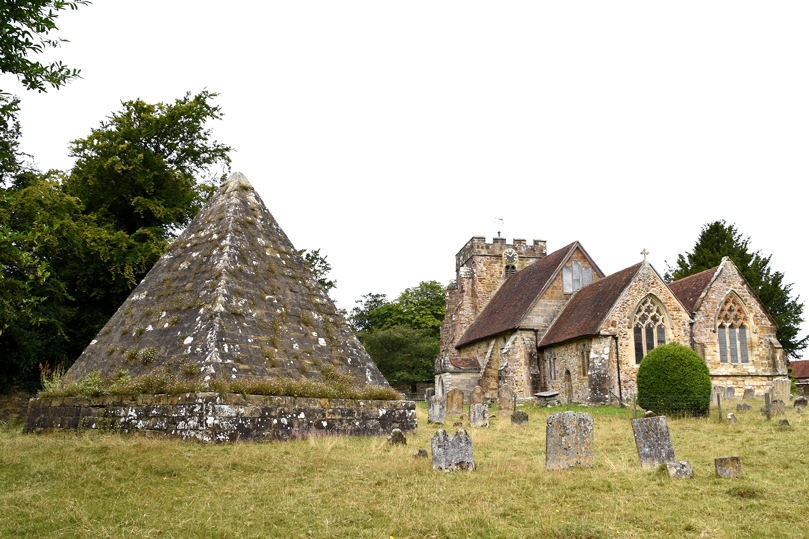
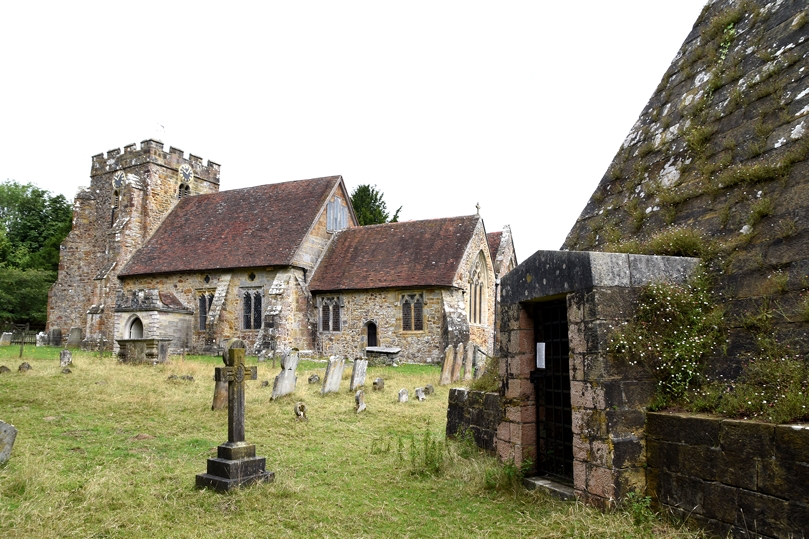
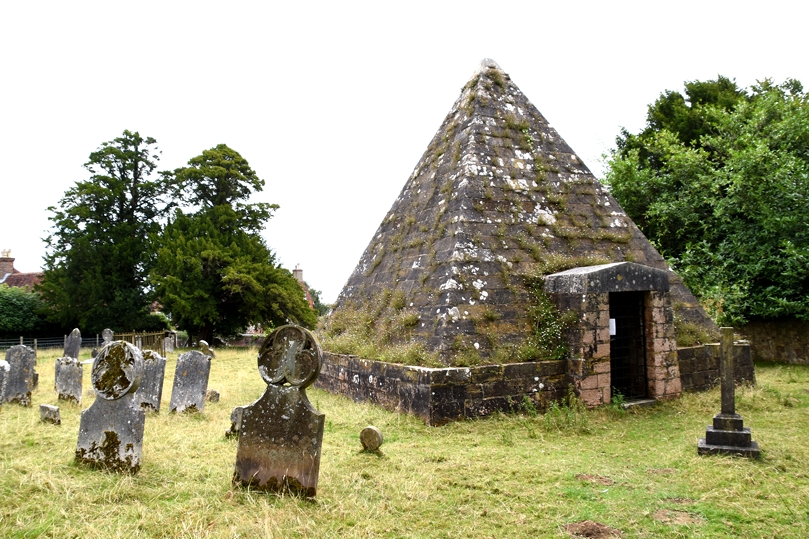
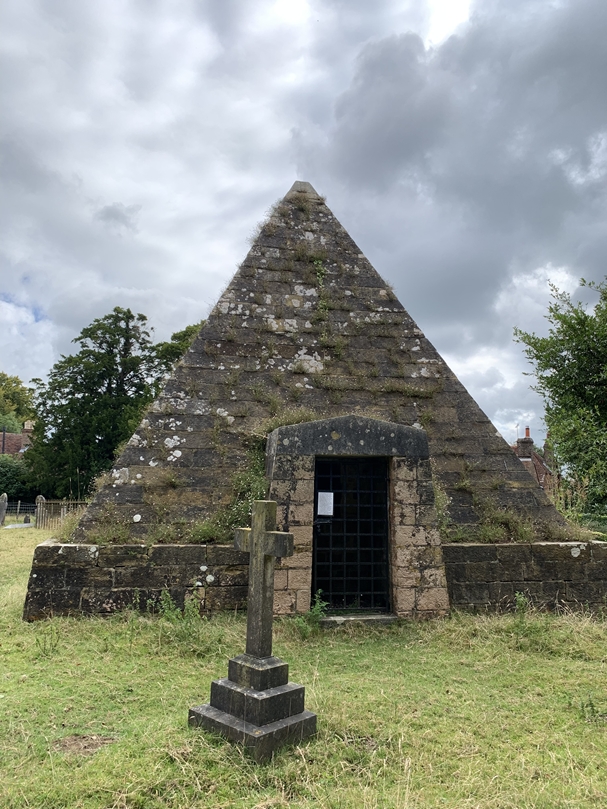
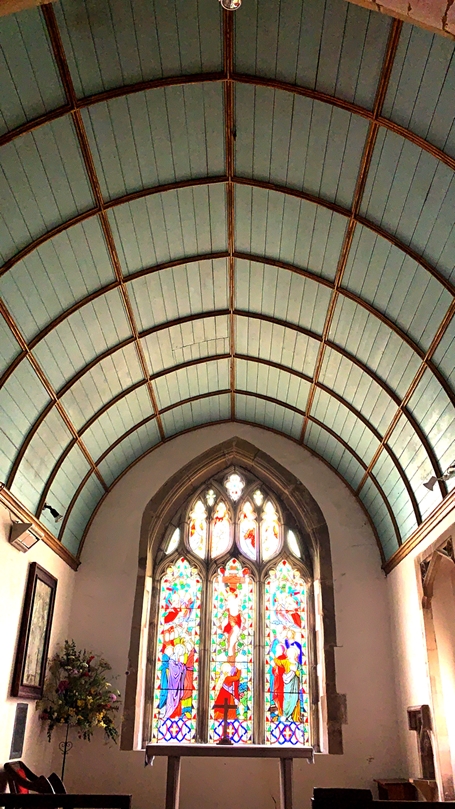
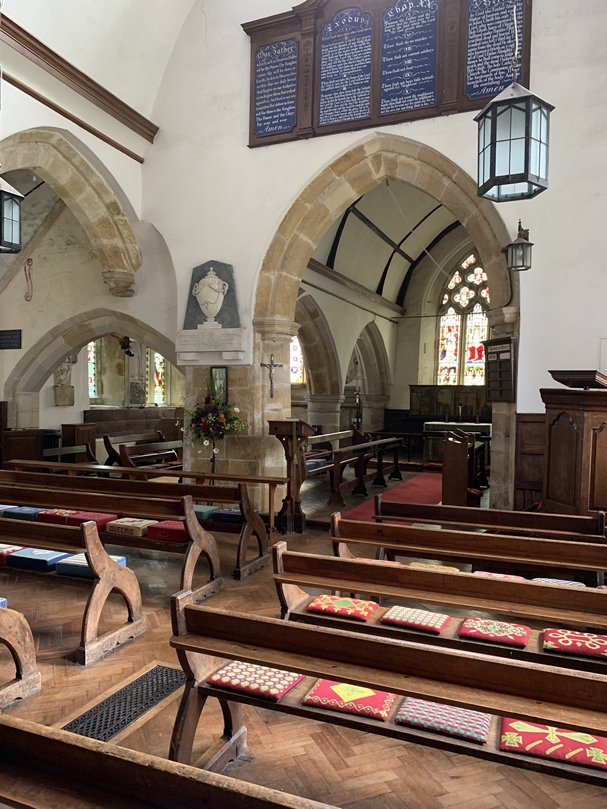
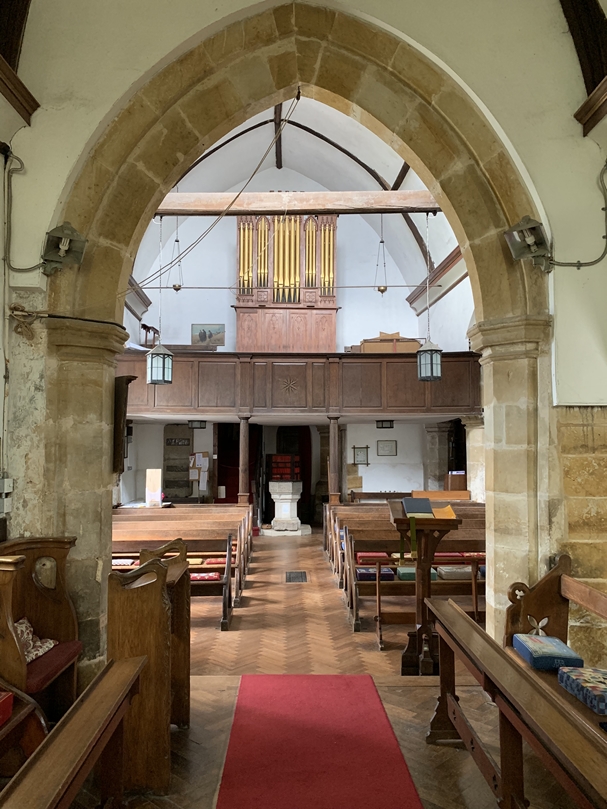
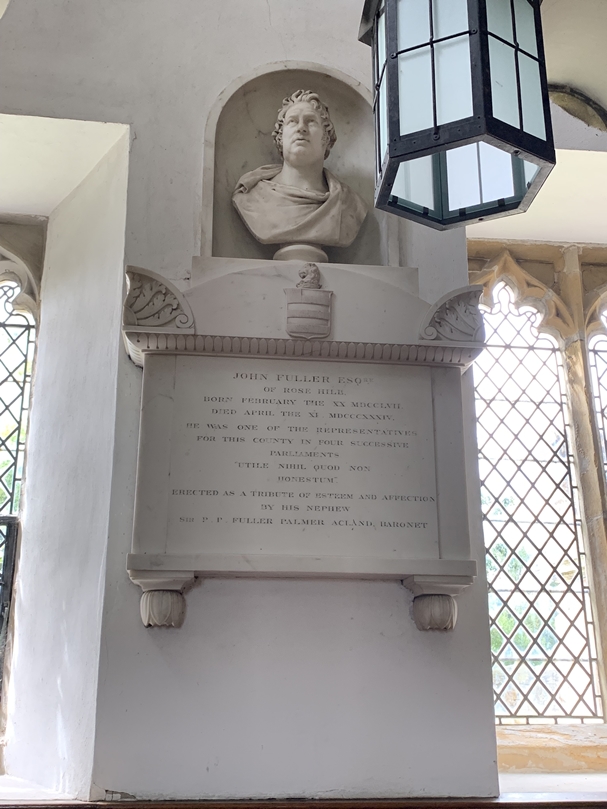
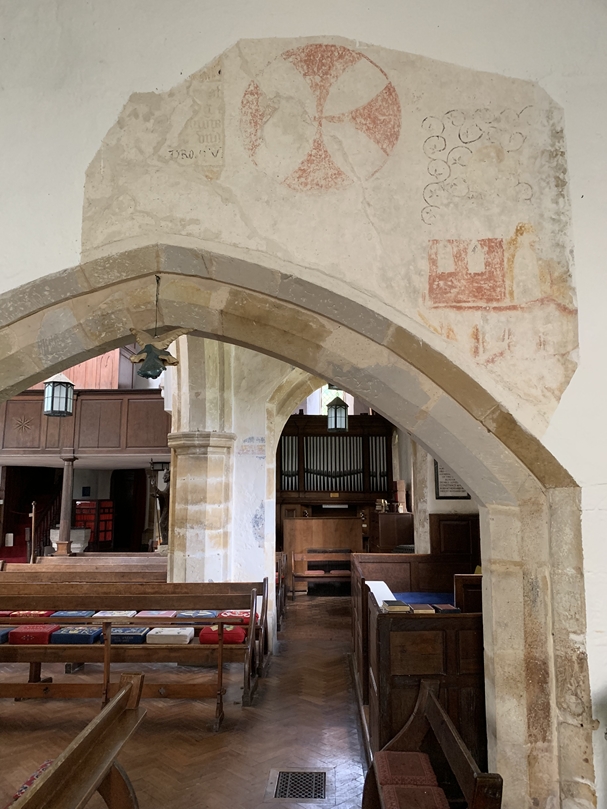
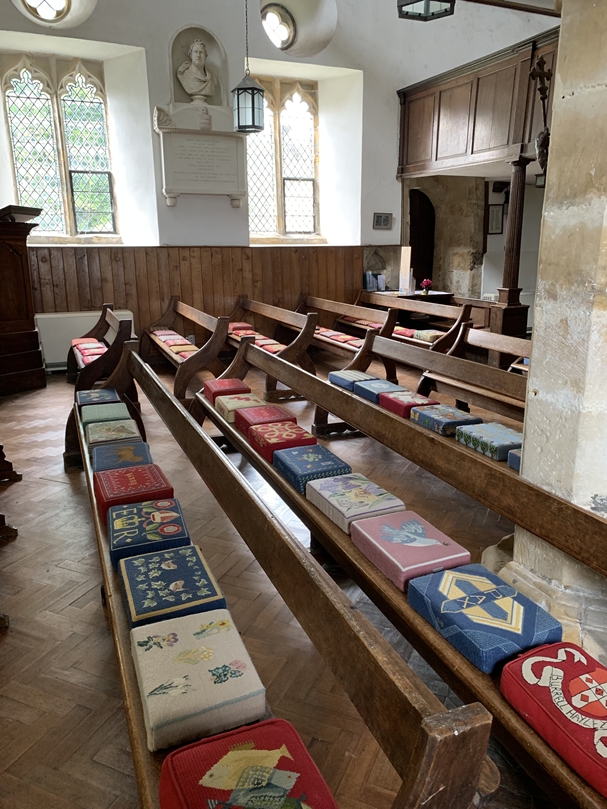
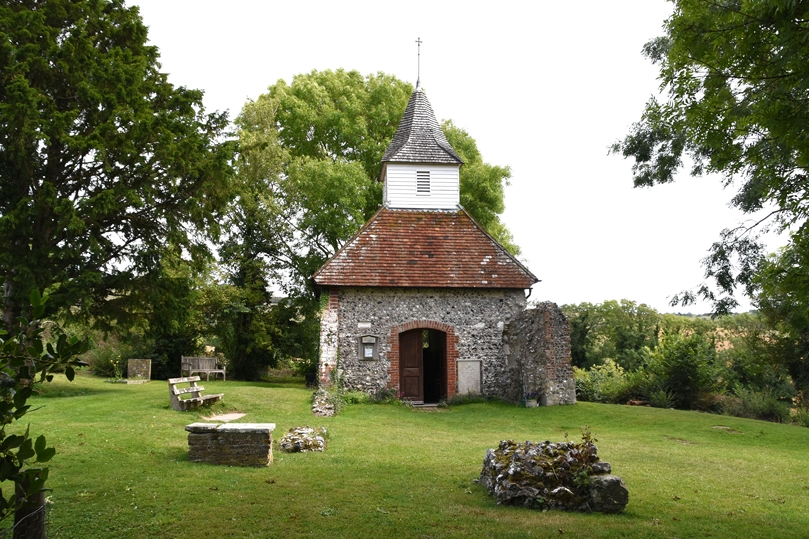
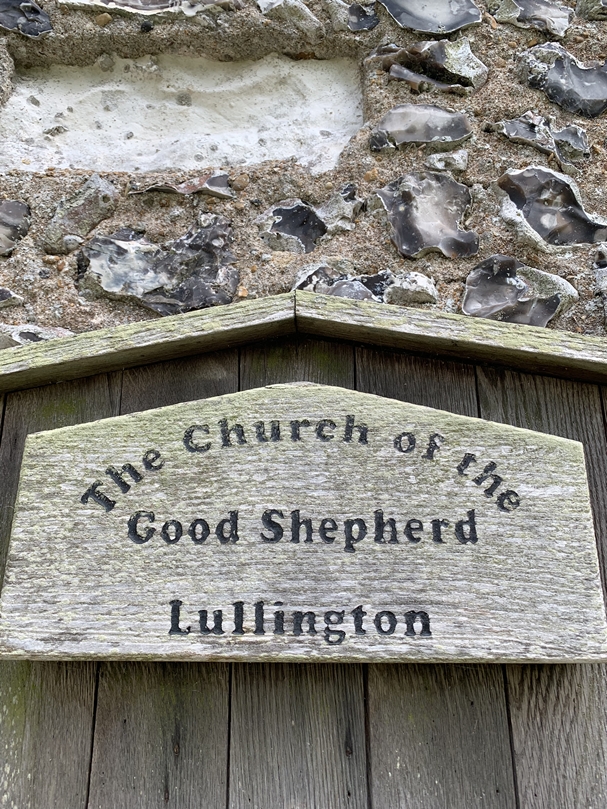
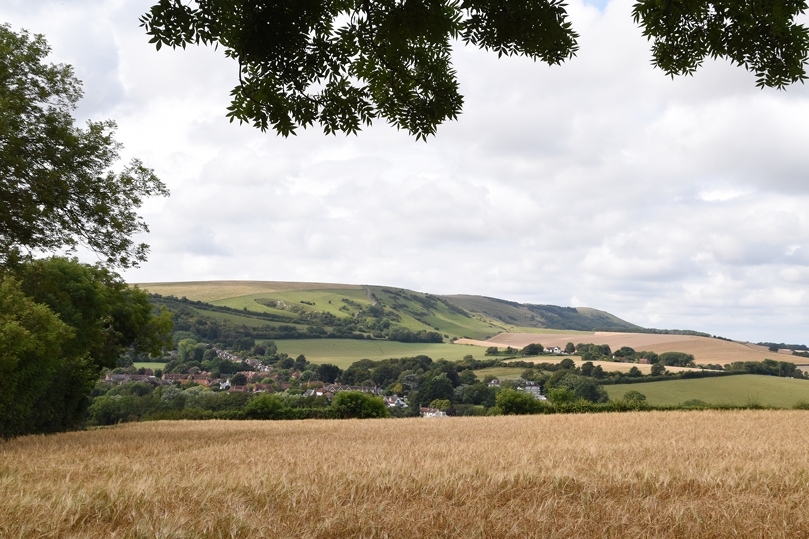



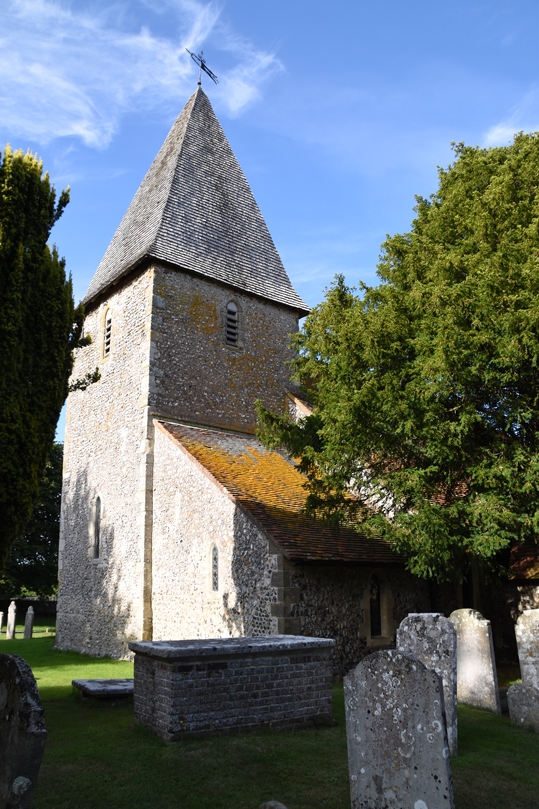








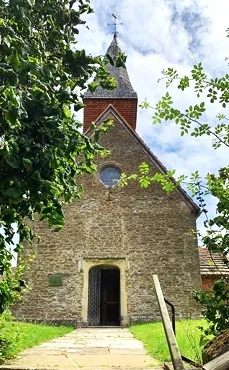

I am delighted to announce that in September 2019 I became a published photographer, that is, I had my first ever photographs published in a book, The Gardener’s Travel Companion to England, by well-known Australian author Janelle McCulloch which features a variety of beautiful English gardens.